Rural project, dragon fruit planting know-how
The dragon fruit is a climbing succulent plant, with oblong or oval fruit, red skin, fleshy, egg-shaped and pointed scales, with flesh like sweet cream but covered with small black seeds. The texture is mild and the taste is delicate. Is one of the more popular fruits, the prospect of breeding is relatively good.
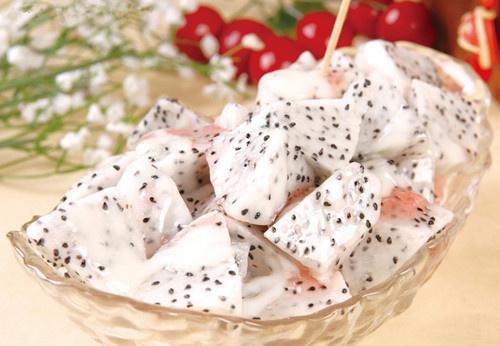
The dragon fruit is a tropical and subtropical fruit, which likes light and shade, heat and drought, fertilizer and barren, and has high requirements for soil and climate. Growing rapidly in a warm, humid and sunny environment, open field cultivation in spring and summer should be watered more to keep its roots in a state of exuberant growth, and should be drained in time in rainy weather so as not to cause stem and flesh rot caused by bacteria.
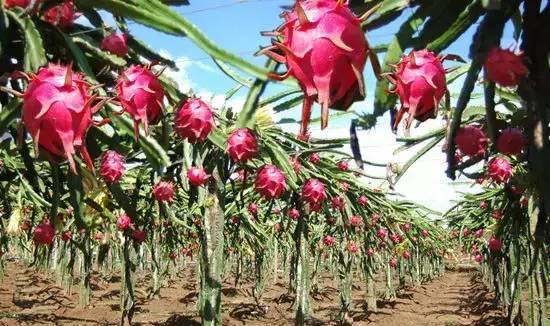
The dragon fruit begins to blossom and bear fruit only 12-14 months after planting, and can blossom 12 times a year. April to November is the fruit-bearing period. The fruit matures 40 days after flowering, and the single fruit weighs 500-1000g. It produces more than 20 fruits per column in the second year after planting, and enters the full fruit period in the third year.
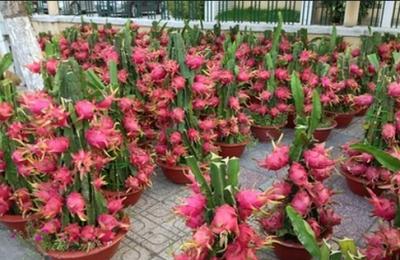
When the branches of dragon fruit grow to 1.3-1.4 meters, they should be coring, which can promote the growth of branches, let the branches droop naturally, accumulate nutrients, and blossom and bear fruit early. For the branches that have borne fruit, they should be cut off after the fruit is harvested every year to promote the growth of new branches and ensure the yield of dragon fruit in the coming year.
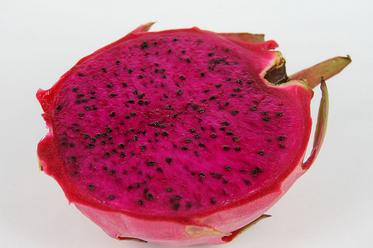
In order to improve the fruit setting rate, interplanting was selected when planting, so as to improve the pollination between different varieties. Generally speaking, the planting method of dragon fruit starts from the aspects of soil selection, planting, pruning, fertilization and pest control. In addition, it should be noted that the planting cost of dragon fruit is higher and the risk is higher. And as white fruit varieties have become popular, other varieties can be planted to ensure the market.
- Prev
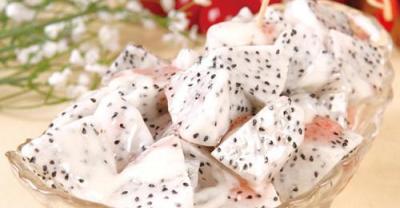
Problems and Countermeasures of Citrus planting
In 2016, the planting area of citrus in China reached 2.5567 million hm and the total output was 36.168 million tons.
- Next
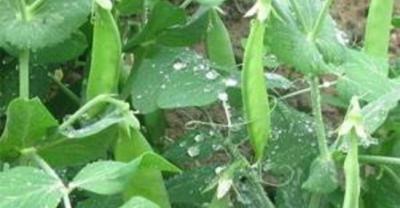
High-yield and high-efficiency planting techniques of raspberry
Various raspberries are raspberries of the genus Raspberry in the Rosaceae. Raspberry has high economic value, its berries are rich in nutrients, every 10.
Related
- Fuxing push coffee new agricultural production and marketing class: lack of small-scale processing plants
- Jujube rice field leisure farm deep ploughing Yilan for five years to create a space for organic food and play
- Nongyu Farm-A trial of organic papaya for brave women with advanced technology
- Four points for attention in the prevention and control of diseases and insect pests of edible fungi
- How to add nutrient solution to Edible Fungi
- Is there any good way to control edible fungus mites?
- Open Inoculation Technology of Edible Fungi
- Is there any clever way to use fertilizer for edible fungus in winter?
- What agents are used to kill the pathogens of edible fungi in the mushroom shed?
- Rapid drying of Edible Fungi

